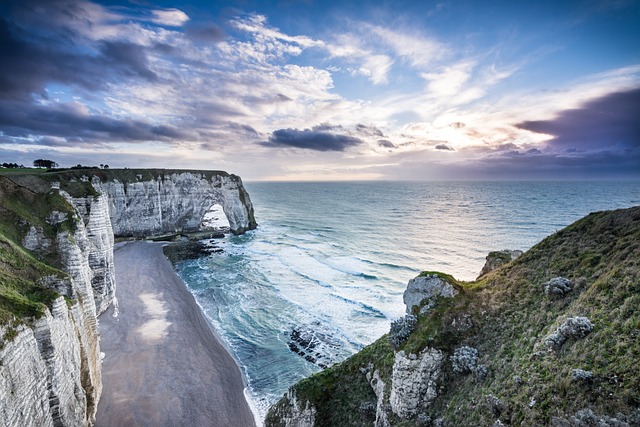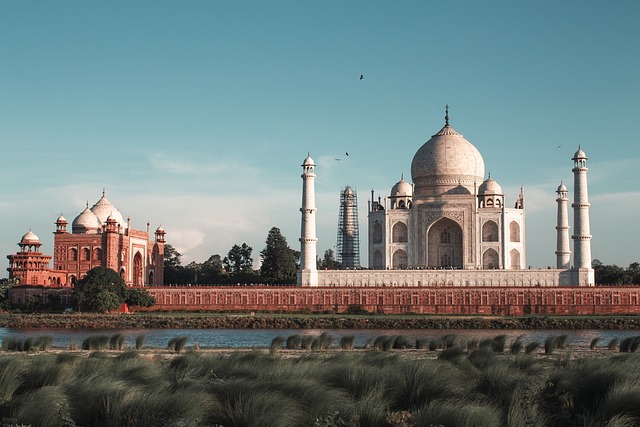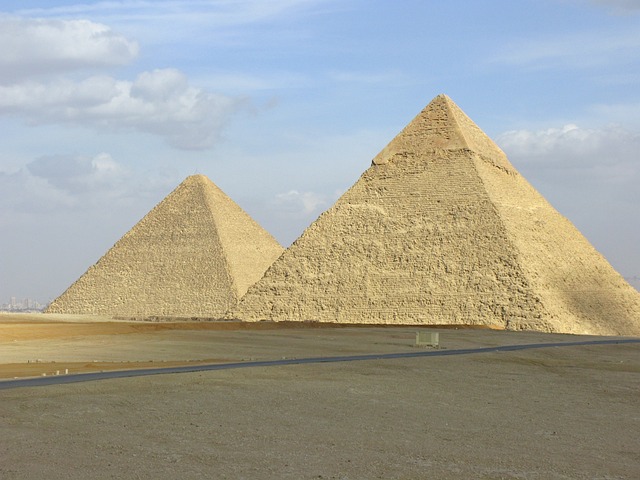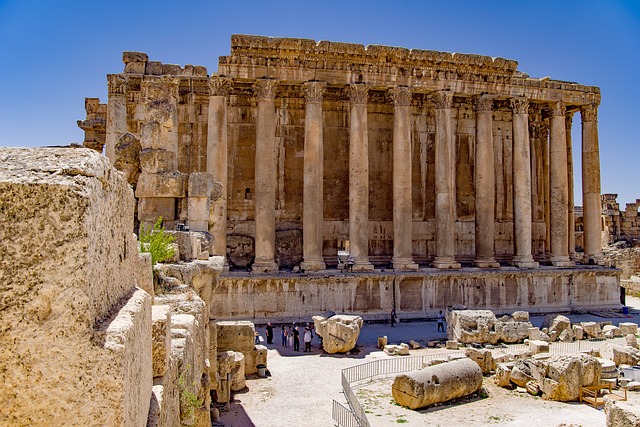Nestled along the northern coast of France, Normandy is a region that offers a profound sense of history, stunning natural beauty, and rich cultural experiences. Among its most significant attractions are the Normandy beaches, famously known as the landing sites of D-Day on June 6, 1944. This monumental event marked a turning point in World War II, and today, these beaches serve not only as a reminder of the sacrifices made but also as popular destinations for tourists seeking both reflection and recreation.
The Historical Significance of Normandy Beaches
The Normandy beaches are renowned for their role in the Allied invasion of Nazi-occupied France during World War II. The operation, codenamed Operation Overlord, involved the largest seaborne invasion in history and was crucial for the liberation of Western Europe. The five major beach landing sites—Utah, Omaha, Gold, Juno, and Sword—each tell their own stories of heroism, sacrifice, and the human spirit’s resilience.

During your visit, you will find countless memorials, museums, and historical landmarks that serve to educate visitors about the monumental events of that day and the war’s wider context. From the poignant rows of white crosses at the American Cemetery at Omaha Beach to the evocative displays at the Caen Memorial Museum, every visit is a powerful reminder of those who fought for freedom.
Beaches Worth Visiting
- Omaha Beach: Perhaps the most famous of the beaches, Omaha Beach was the site of intense fighting during the landings. Visitors can walk along the sandy shores, stand before the immense cliffs, and visit the American Cemetery, which overlooks the beach. This meticulously maintained site honors over 9,000 fallen American soldiers, offering a place for solemn reflection.
- Utah Beach: Located to the west of Omaha, Utah Beach is known for its expansive feel and lush dunes. It is also home to the Utah Beach Museum, which showcases the events of D-Day with artifacts, photographs, and personal stories, making it a compelling stop for history enthusiasts.
- Gold Beach: The British forces targeted Gold Beach, where the town of Arromanches played a pivotal role in the logistics of the invasion. Here, you can visit the museum and the remains of the Mulberry Harbour, an artificial port that allowed Allied forces to offload troops and supplies, significantly impacting the war’s progression.
- Juno Beach: Canada’s contribution to the Normandy invasion is commemorated at Juno Beach, where Canadian soldiers landed. The Juno Beach Centre offers exhibits detailing the sacrifice of Canadians during the D-Day landings and a chance to explore the surrounding area, including the nearby towns that served as pivotal locations during the war.
- Sword Beach: The easternmost beach of the landing sites, Sword Beach, was assaulted by British forces. The nearby city of Ouistreham boasts the impressive Pegasus Bridge, which played a crucial role in the success of the landings. The bridge can be found next to the Pegasus Bridge Museum, which recounts the daring operations carried out by airborne troops.
Additional Attractions Beyond the Beaches
While the beaches themselves are a must-see, the Normandy region is rich in other historical and cultural attractions that are well worth your time. Here are a few highlights:
- Mont Saint-Michel: Just a short drive from the beaches, Mont Saint-Michel is one of France’s most iconic landmarks. This island commune, topped with a stunning medieval abbey, seems to rise majestically from the sea and is a UNESCO World Heritage site. Exploring its narrow streets and soaking in its breathtaking views is an unforgettable experience.
- Bayeux Tapestry: A short distance from the coastal region lies the town of Bayeux, home to the magnificent Bayeux Tapestry. This 70-meter-long embroidery tells the story of the Norman Conquest of England in 1066 and is an extraordinary art piece that has been remarkably preserved.
- Rouen: The capital of Normandy, Rouen is a charming city filled with half-timbered houses and Gothic architecture. Its stunning cathedral, famously painted by Claude Monet, is a highlight. The city is also home to the Joan of Arc Museum, which delves into the life and trial of the national heroine.
- Cheese and Cider Tasting: Normandy is also known for its exceptional culinary offerings, particularly camembert cheese and apple cider. There are numerous local farms and markets where you can sample these delicious products, offering a delicious complement to your historical explorations.
Practical Travel Tips
- Timing Your Visit: The best time to visit Normandy is from April to June or September to October when the weather is pleasant, and you can avoid the peak summer crowds.
- Transportation: Renting a car is highly recommended to explore the Normandy beaches and surrounding attractions at your own pace. The region is well-connected by roads, making it easy to navigate through towns and sites.
- Guided Tours: For those who prefer a more in-depth understanding, consider joining a guided tour. Many companies offer tours led by historians who can provide context and stories that enhance your experience.
Visiting the Normandy beaches is more than just a trip to the seaside; it is a profound journey through history. The stories of courage, sacrifice, and the fight for freedom resonate deeply in this beautiful region, making it an essential destination for tourists of all interests. Whether you are a history buff, a nature lover, or simply someone looking to reflect on the past while enjoying the picturesque landscapes, Normandy offers a rich tapestry of experiences that you won’t soon forget. So pack your bags, and prepare for an unforgettable journey along the shores that changed the course of history.





